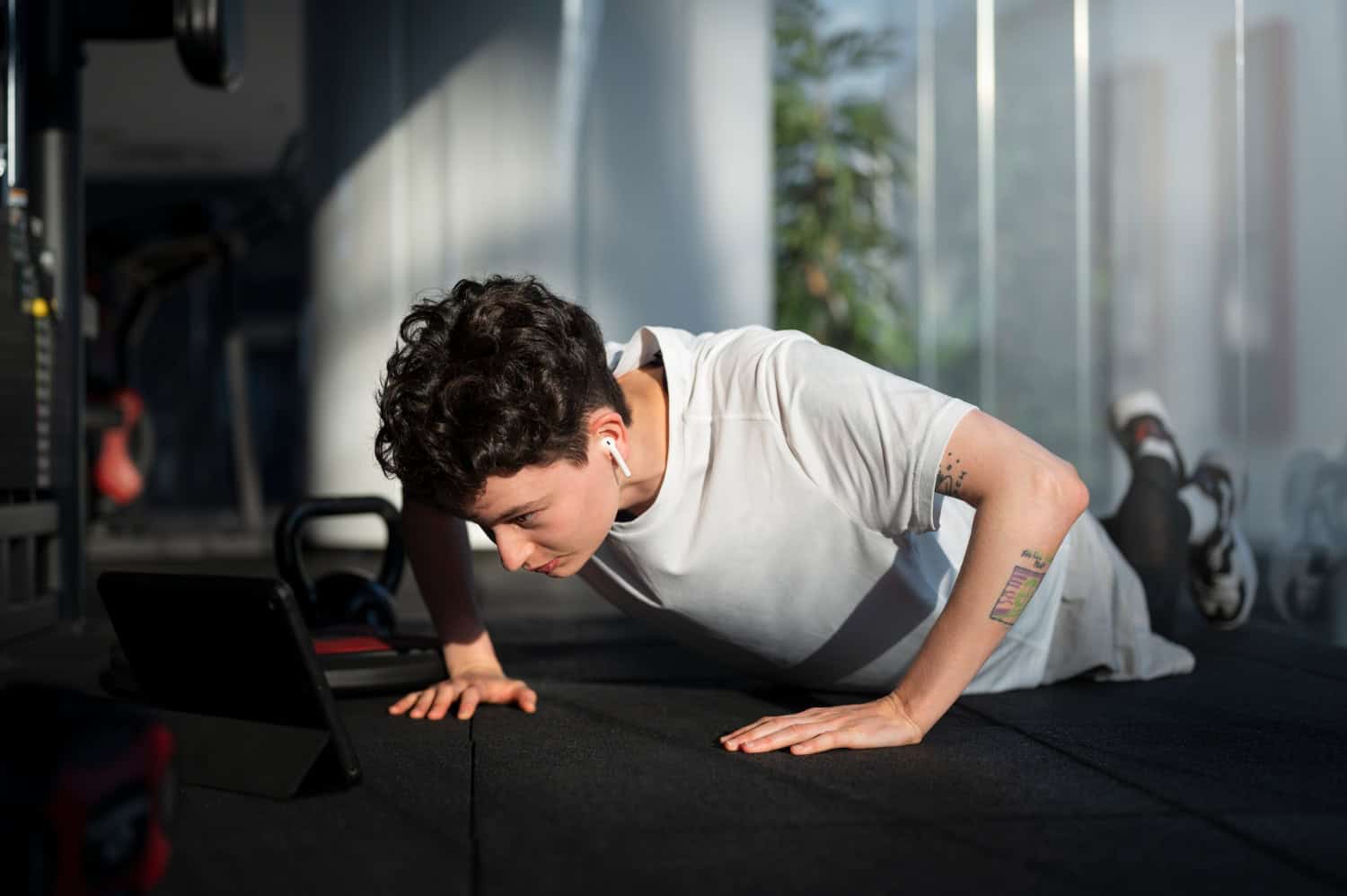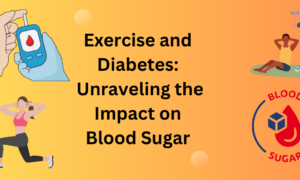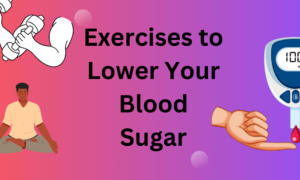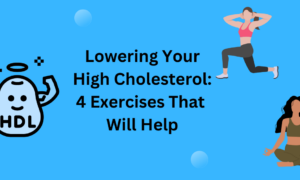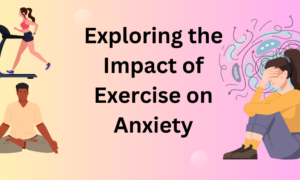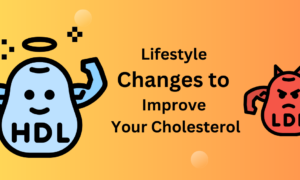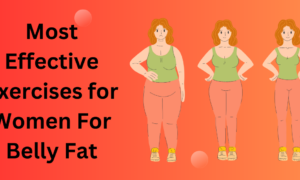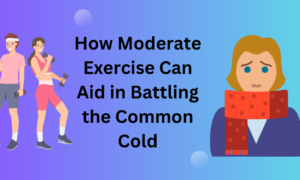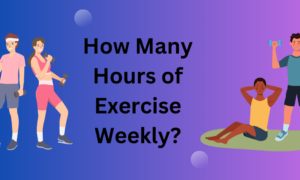Living with chronic pain can feel like carrying an invisible burden every day. Tasks that others take for granted, like walking, standing for long periods, or lifting light objects; can become overwhelming challenges. For many who suffer from conditions like arthritis, fibromyalgia, or nerve disorders, traditional workouts are often too intense, causing more discomfort than relief. Yet, movement remains a vital part of managing both physical and mental health. This is where low-impact fitness comes in.
Low-impact training offers a sustainable way to stay active without aggravating pain. It focuses on gentle, controlled movements that reduce stress on the joints and muscles. Far from being a watered-down version of exercise, these routines can dramatically improve strength, flexibility, and mood when practiced consistently.
Understanding Chronic Pain and Its Impact on Movement
Chronic pain is defined as pain that lasts longer than three months and continues beyond the expected period of healing. Unlike acute pain, which is the body’s natural response to injury or illness, chronic pain can persist even when no clear cause is present. It often affects daily functioning, sleep, mental well-being, and quality of life.
People with chronic pain conditions often find traditional forms of exercise intimidating or painful. High-impact workouts like running, jumping, or intense weight training may trigger flare-ups, leading to stiffness, swelling, or increased discomfort. As a result, many individuals avoid physical activity altogether, which can worsen the cycle of pain, weakness, and emotional distress.
This is why tailored approaches such as low-impact pain relief workouts are essential. These programs are designed with joint protection, posture, and range of motion in mind. They offer a safe way to get moving again without fear of injury or exacerbation of symptoms. The emphasis is not on high performance but on steady, consistent effort that aligns with the body’s needs.
Why Movement Matters for Chronic Pain
It sounds crazy but movement can reduce the intensity of chronic pain. Exercise releases endorphins which are the body’s natural painkillers. It improves circulation, reduces inflammation and strengthens the muscles that support and protect sensitive joints.
For arthritis or back pain, strengthening the surrounding muscle groups can offload pressure from the problem areas. Gentle stretching increases flexibility, reduces stiffness and maintains joint function. Aerobic activity improves cardiovascular health and stamina so you can stay active for longer without getting tired.
Beyond the physical benefits, chronic pain exercise has a positive impact on mental health. Chronic pain leads to depression, anxiety and feelings of isolation. Moving, especially in a group or with a coach can boost your mood and sense of control over your condition.
Even small amounts of activity performed consistently can make a meaningful difference. The key is to focus on what the body can do, rather than what it can’t. Low-impact training meets people where they are and helps them move forward, one step at a time.
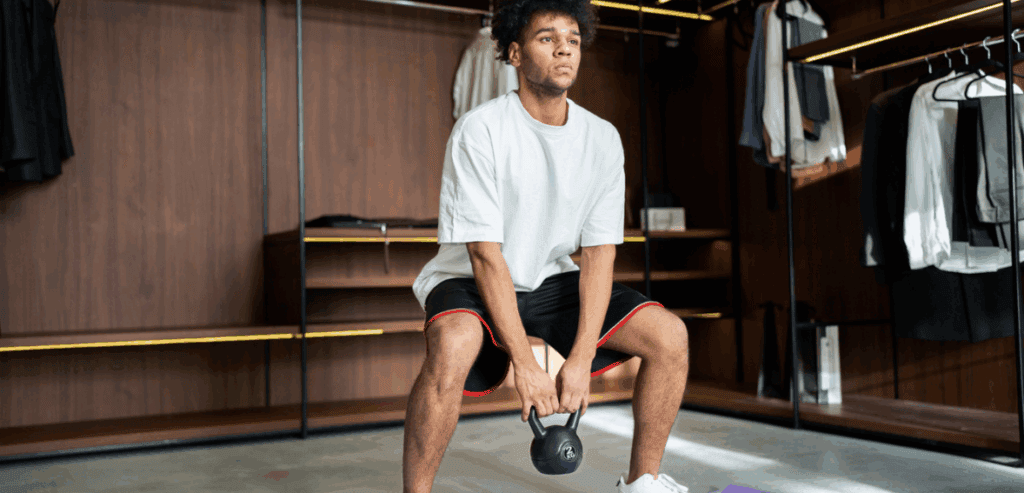
What Is Low-Impact Training?
Low-impact training refers to physical activity that avoids jarring or repetitive stress on the joints. Movements are smoother, slower, and more controlled, making them ideal for people with mobility issues, joint pain, or balance challenges. Rather than relying on speed or force, these workouts emphasize alignment, breathing, coordination, and mindfulness.
Examples of low-impact pain relief workouts include walking, swimming, water aerobics, cycling on a recumbent bike, yoga, tai chi, and Pilates. These exercises are adaptable and can be modified based on an individual’s pain level and mobility. They are also less likely to lead to injury or strain, which makes them sustainable over time.
Unlike high-intensity routines, low-impact sessions can be spread throughout the week with minimal recovery needed. This steady rhythm of activity helps maintain consistency, which is essential for long-term pain management. As the body becomes stronger and more flexible, many people find their pain levels decrease, and their confidence in physical movement grows. Low-impact training is not just for seniors or those in rehabilitation. It is a holistic, inclusive form of fitness that offers tangible benefits for people of all ages living with chronic pain.
Arthritis-Friendly Fitness Options
Arthritis is one of the most common causes of chronic pain, affecting millions of people worldwide. The condition causes joint inflammation, stiffness, and decreased range of motion. Many people with arthritis believe they should avoid exercise to prevent further joint damage. In reality, the opposite is true; regular, appropriate movement can reduce symptoms and improve joint health.
Arthritis-friendly fitness focuses on gentle movements that enhance flexibility, improve circulation, and strengthen muscles around the joints. Swimming is particularly effective, as the water supports the body and reduces joint impact. Aquatic exercises combine resistance with buoyancy, making it easier to move without pain.
Chair yoga, tai chi, and modified Pilates are also excellent options. These routines prioritize slow transitions, mindful breathing, and posture alignment. They can be performed at home, in a group class, or under the guidance of a physical therapist.
Walking on even surfaces for short periods can also help maintain joint function. The key is to listen to your body and rest when needed. When combined with medication or other treatments, arthritis-friendly fitness becomes a crucial part of managing the condition and preventing further decline.
Psychological Benefits of Movement
Living with chronic pain is not just physical, it’s also mental and emotional. The constant discomfort, sleep disruptions and limitations on daily life can lead to depression, anxiety and feeling helpless. Doing chronic pain exercise can give emotional relief and build mental resilience.
Exercise stimulates the production of endorphins and serotonin, two chemicals that play a big role in mood regulation. Even short sessions of low impact activity can lift your mood, reduce stress and feel good. Movement also gives structure to the day which can be grounding for people with pain related fatigue or mental fog.
Group classes or virtual sessions add a social element which counters the isolation many chronic pain sufferers feel. Being part of a supportive fitness community gives you motivation and a sense of belonging. Setting achievable goals like doing a week of daily walks or mastering a simple yoga pose can build confidence and self worth. Over time, consistent exercise helps shift the focus from what pain is taking away to what movement can give back. The mental transformation can be just as powerful as the physical one.
How to Start a Safe and Sustainable Routine
For those new to fitness or returning after a long break due to pain, starting a routine can feel daunting. But with the right mindset and support, it’s entirely possible. The first step is to consult a doctor or physical therapist who understands your condition and can recommend appropriate activities. Start small. A five-minute walk, a gentle stretch session, or even standing and moving in place can be a beginning. Build gradually based on your energy and pain levels. Choose exercises that are enjoyable so that you look forward to doing them.
It’s important to recognize that progress will be slow and may include setbacks. Flare-ups happen, and it’s okay to rest when needed. What matters is the commitment to keep coming back. Consistency, not intensity, is the foundation of a safe and effective routine.
Adapt your environment for success. Use supportive footwear, non-slip mats, or assistive devices as needed. Find instructors familiar with low-impact pain relief workouts or use reputable online resources. With patience and self-compassion, exercise can become a rewarding and empowering part of your daily life.
Adapting Workouts to Fluctuating Pain Levels
One of the biggest challenges with chronic pain is inconsistency. Some days you can do light activities. Others, even small movements, feel exhausting or painful. The key to long term success is to adapt your workouts to how you feel each day. On good days you might be able to walk a little further, try a new exercise or do more reps. On tough days a short stretch or breathing practice might be enough. The goal is to keep the body moving within its current comfort zone without pushing too hard.
Tracking your pain, energy and activity in a journal can help you see patterns. You’ll learn what types of movement feel best and when your body needs extra care. With this awareness you can plan ahead and avoid flare ups.
It’s also important to accept that rest days are part of the process. Rest is not failure; it’s a strategic response to your body’s signals. Staying flexible with your routine makes chronic pain exercise sustainable and protects your long-term well-being.
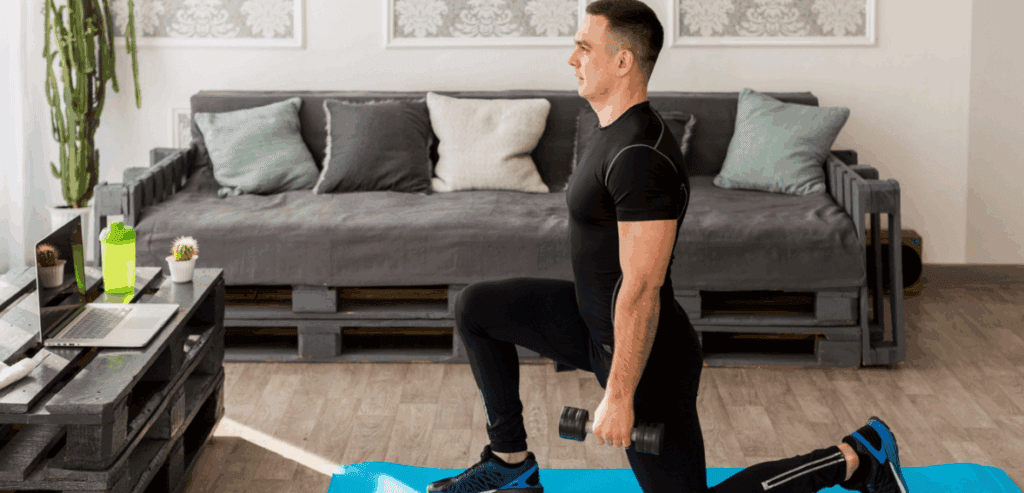
The Role of Physical Therapy and Professional Guidance
Working with a physical therapist or certified movement specialist can make a significant difference for those managing chronic pain. These professionals assess your unique condition, limitations, and goals, and then design a plan that suits your needs. They also provide real-time feedback on form, posture, and pacing, helping prevent injury and build confidence.
For individuals with arthritis or fibromyalgia, targeted programs that emphasize arthritis-friendly fitness are especially useful. Therapists may use techniques like hydrotherapy, resistance bands, or balance training to address specific areas of concern. These guided sessions ensure that you are strengthening the right muscles without straining vulnerable joints or tissues.
Ongoing professional support also offers motivation. Knowing you’re not alone in your journey; and that someone is tracking your progress; can make all the difference. Whether through one-on-one sessions or group rehab classes, expert guidance provides the structure many people need to maintain a consistent fitness habit. Ultimately, professional involvement turns exercise into a personalized healing tool. It bridges the gap between passive treatments and active recovery, giving those with chronic pain a stronger sense of agency.
Building a Supportive Home Environment
Creating a space at home that supports your fitness goals can greatly influence your success. Many people with chronic pain prefer to exercise at home due to comfort, accessibility, or anxiety about public spaces. Setting up a small, calm, and clutter-free area for movement can help you stay consistent.
Use items you already have, like a yoga mat, pillows, or chairs for stability. Wear comfortable clothing and ensure the room is well-lit and ventilated. Keeping equipment within reach and setting a regular time for your routine makes it easier to stick with it.
Consider using gentle audio cues or guided videos tailored for low-impact pain relief workouts. Background music, a calming voice, or nature sounds can enhance focus and make the experience more enjoyable. Involving a friend or family member adds accountability and support. A well-designed home routine empowers you to move at your own pace. It reduces the pressure of having to perform or conform, letting you focus solely on how your body feels and responds.
Final Thoughts
Low-impact fitness offers healing and empowerment for those with chronic pain. Through gentle, adaptable exercises, individuals can build strength, find relief, and improve quality of life. With mindfulness, support, and consistency, movement becomes a powerful tool for reclaiming control, fostering resilience, and progressing toward a healthier, more hopeful future.

